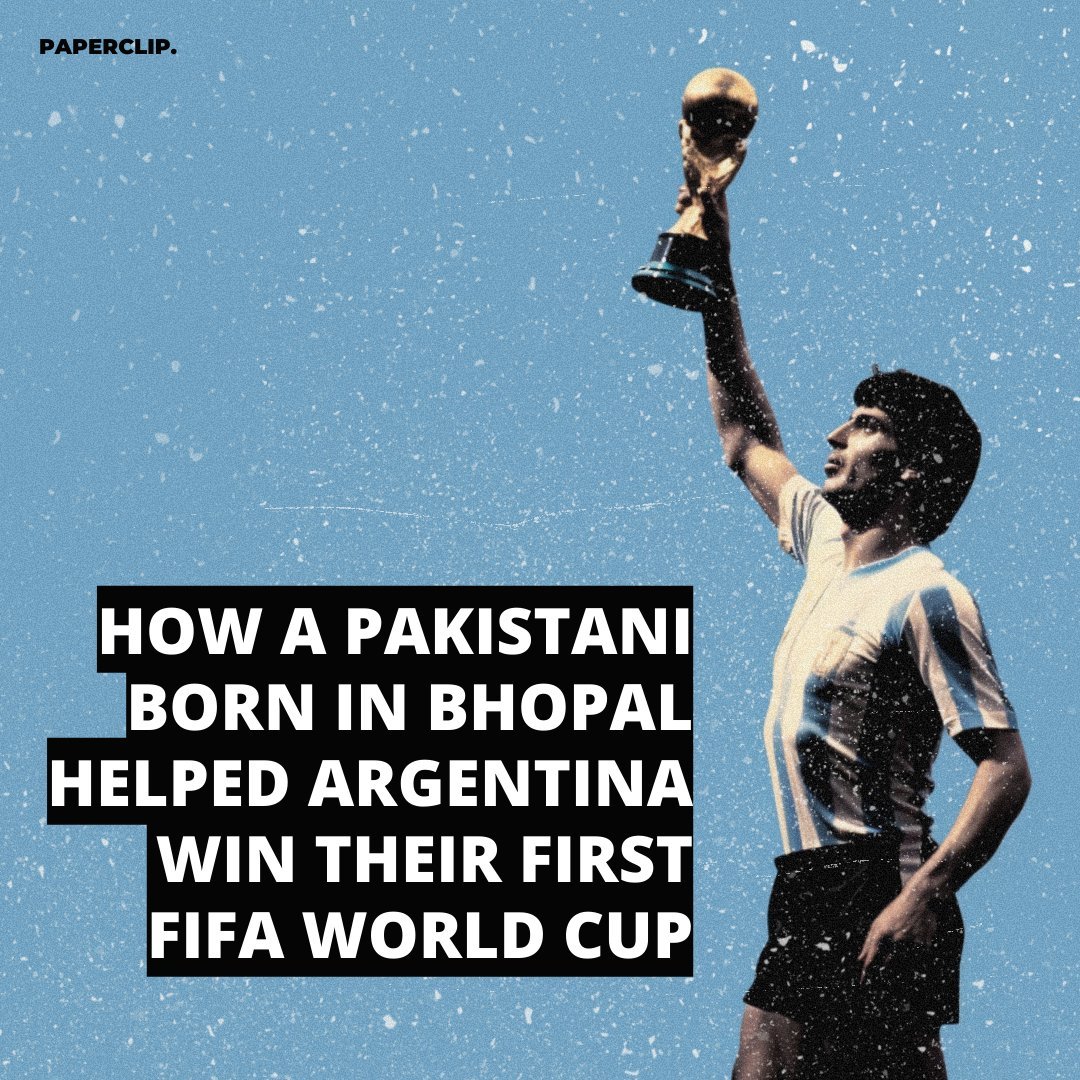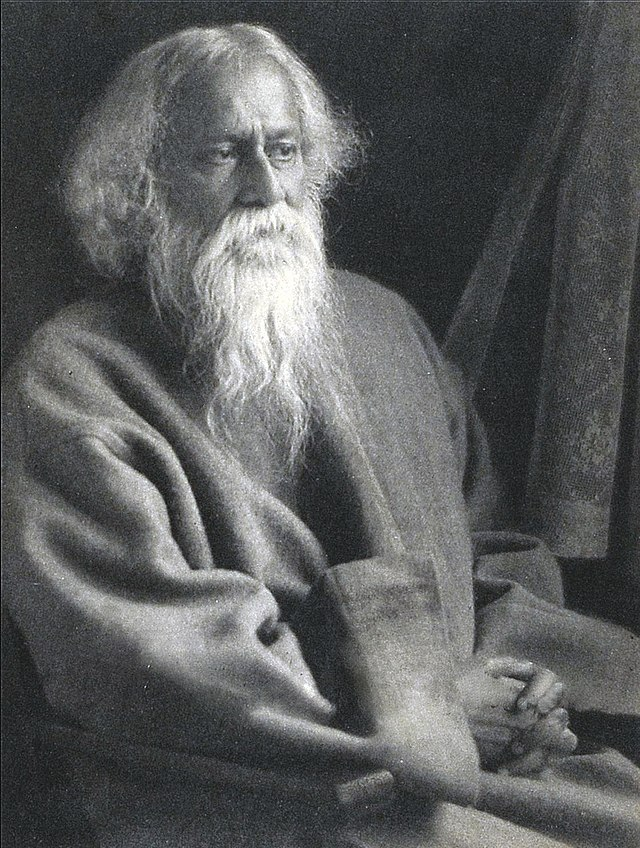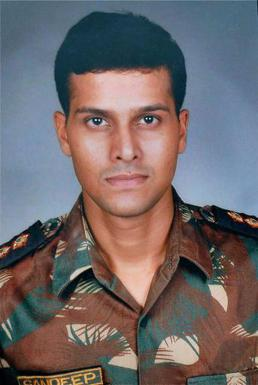During World War II, fabric and silk were so expensive that a great number of women simply weren’t able to afford a decent wedding dress, and many of them had to improvise with materials before their big day. (2/n)
In many cases, their inventiveness went beyond expectations. A few of the to-be brides of young army pilots, who flew in dangerous missions to defeat Hitler in Europe, did something extraordinary and surreal to weave their wedding dresses. (3/n) 

They collected the parachutes used by their to-be-grooms while surviving an aircraft crash those were often torn with bullet holes, took the parachute silk out and weaved their wedding gown using the same silk as a memoir of grateful times. (4/n) 

This wedding dress in the Smithsonian museum was made from a nylon parachute that saved Maj. Claude Hensinger during World War II. (5/n) 

The B-29 engine of Hensinger's aircraft caught fire while he was returning from a bombing raid over Yowata, Japan, in August 1944. He escaped unharmed. (6/n) 

The parachute served as both a pillow and blanket for Hensinger as he waited for rescue even though he had only minor injuries. He kept the parachute he had used to stay alive. (7/n)
In 1947, he proposed to his girlfriend Ruth by providing the parachute with the fabric for a gown, that once saved his life. (8/n)
Source: Wisconsin State Journal newspaper. Via/ Newspaper Archive. Business Insider. Smithsonian Museum.
• • •
Missing some Tweet in this thread? You can try to
force a refresh














